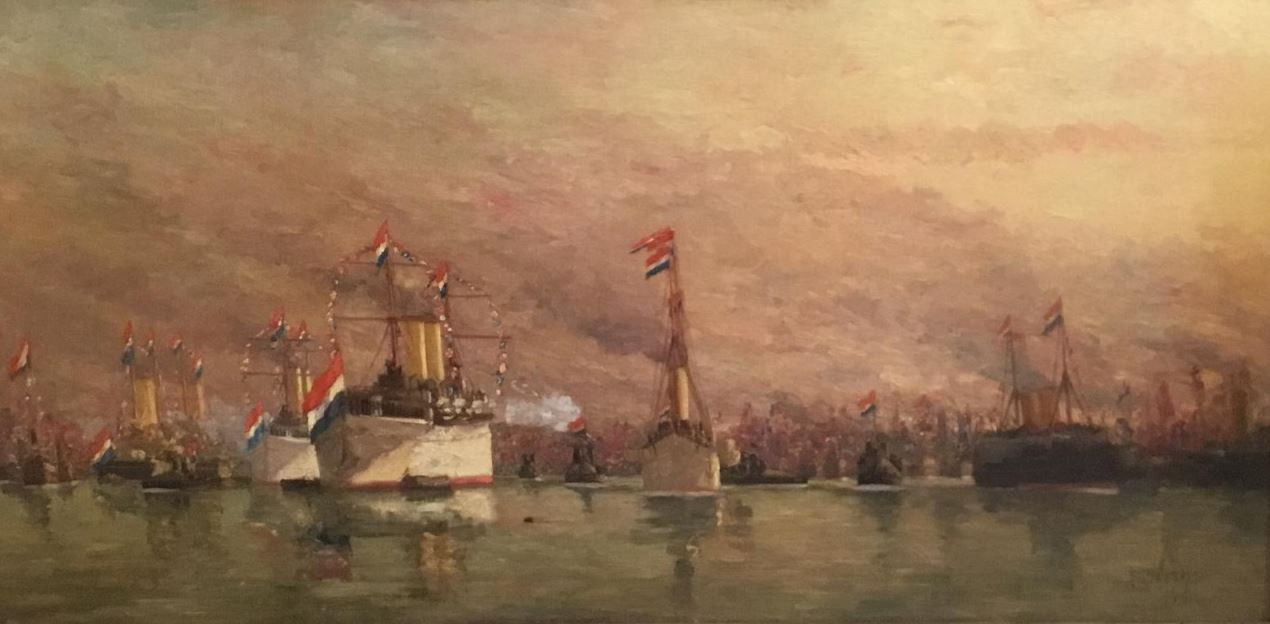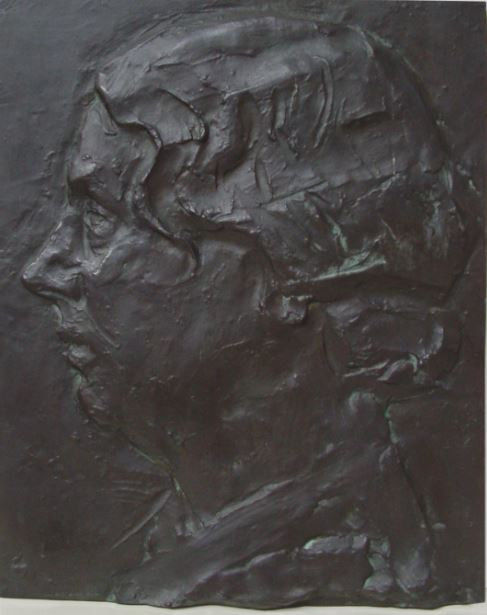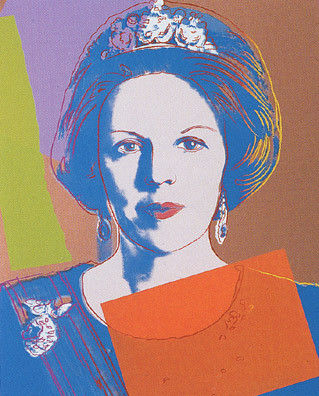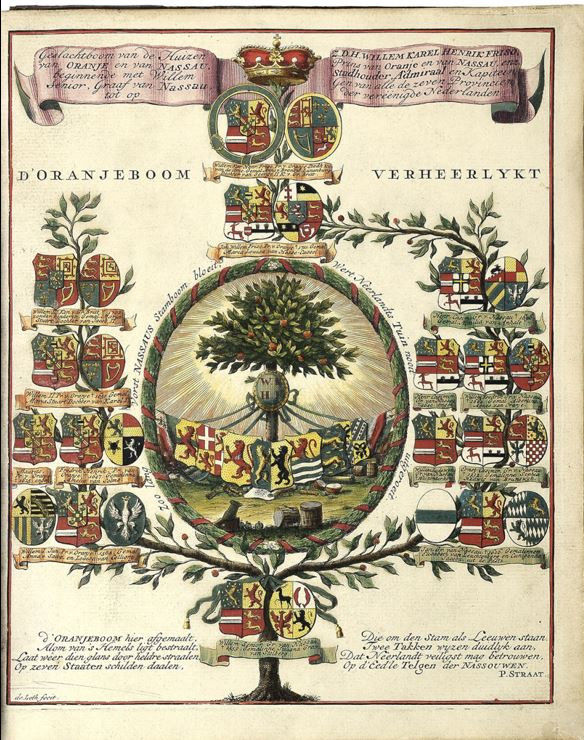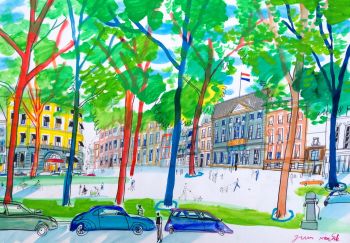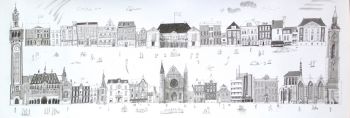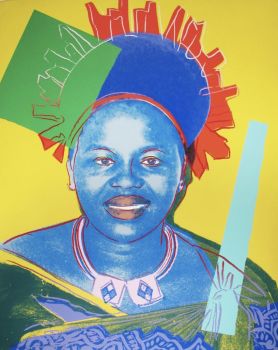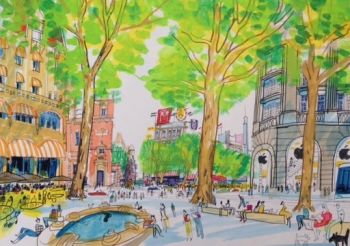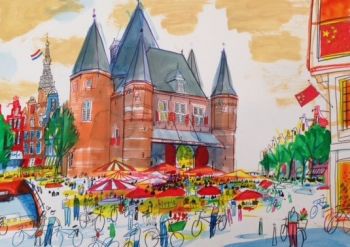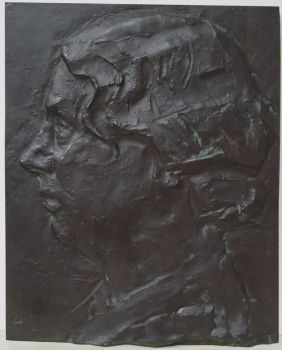Koningsdag: Find out more about this typical Dutch event
The Dutch will celebrate on the 27th of April their ‘Koningsdag’ (King’s Day), the birthday of their King Willem-Alexander. So there are many parties, flea markets and, of course, the king himself visits one or several cities with his family.
Dam square with the Royal Palace in Amsterdam by Guus van Eck available at HCH Gallery
This special day initially started on 31 August 1885 as Prinsessedag or Princess’ Day. It all started on the fifth birthday of Princess Wilhelmina, heir to the Dutch throne. The day was chosen in order to symbolize the Dutch unity. After the death of the Dutch King William III in 1890 it became ‘Koninginneday’ in order to help the Dutch monarchy remain popular again among the Dutch.
Vlootschouw at the inauguration van Koningin Wilhelmina by Bas Veth at Kunsthandel Richard ter Borg
In 1949 the date changed into 30 April; the birthday of Queen Juliana. At that day the Queen and her family received a floral parade at her Palace Soestdijk in Baarn. In the rest of the Netherlands, all kinds of ‘Orange festivities’ were celebrated.
Queen Juliana en profil by Lambertus Zijl at Kunsthandel Pygmalion
Until 2013 it was known as Koninginnedag (Queen’s day) and it was celebrated on 30th of April. The former Queen Beatrix (her birthday is actually on the 31 January, retained the celebration on the 30 April after she ascended the throne in 1980 and there with succeeded her mother Queen Juliana.
Queen Beatrix by Andy Warhol at Gallery Mia Joosten
But contrary to her mother, she took her entire family and travelled around the country to visit several municipalities. When King Willem-Alexander succeeded her in 2013, he followed in this tradition.
The Dutch royal family bears the name: House of Oranje- Nassau. The Nassau family is descending from William the Silent or William of Orange. Orange literally means the colour orange. As a result, it has become Holland’s national colour. On King’s Day, people wear orange clothes, often even donning orange wigs or make-up. This colour is nowadays common for the Netherlands. In sports -at international games- the Dutch mostly wear orange shirts.
Poem and Family three of the House of Orange - available at Antiquariaat Forum
On King’s Day, people are allowed to sell things on the street without requiring a permit. Flea (‘free’) markets are held in parks and streets, with many people offering their unwanted possessions, music or other entertainment for sale.
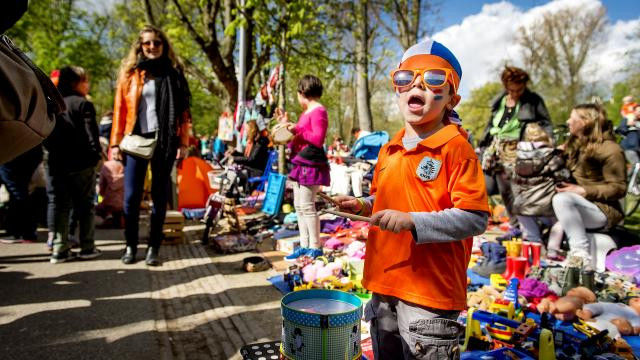
Just walk some days before Kings day in the big cities and you spot ‘occupied (bezet)’ places on the pavement. These flea markets are very popular. In Utrecht, the flea markets even start the night before King’s Day. In Amsterdam, you can find in almost every quarter a flee market. In the rest of the Netherlands, you will have these markets too.
They are opened until the beginning of the evening, but be in time if you want to find the real treasures! It is worth visiting!
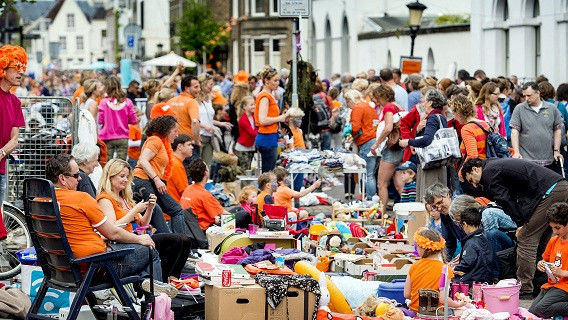
A feast requires a toast. On King’s Day, the people make a toast to the king with Orange Bitter, a bright orange liqueur. The drink was created in 1620 to celebrate Prince of Orange Fredrick Hendriks combat victories. Initially, it was not well-known but after William of Orange became the first king in 1814 (before they were Stadholders), it was produced once more. Since then, Orange Bitter has been closely associated with the Dutch royal family.
But...before you buy it...first try it!



